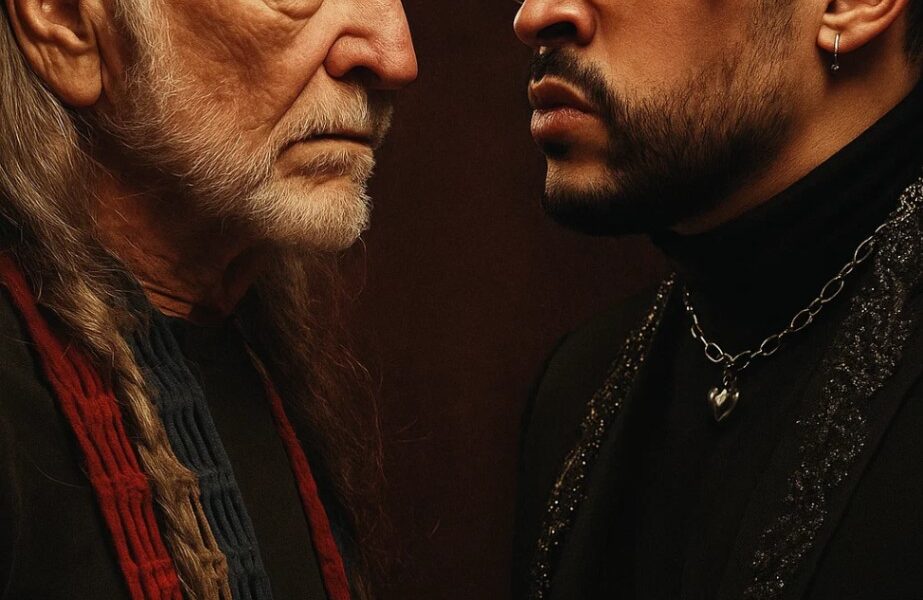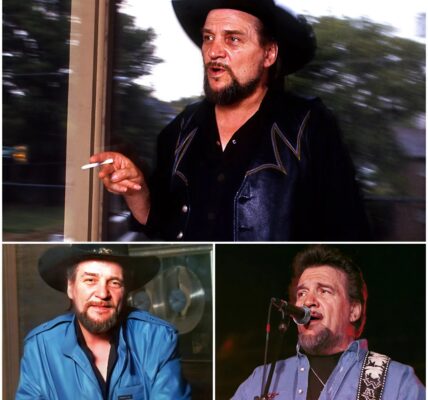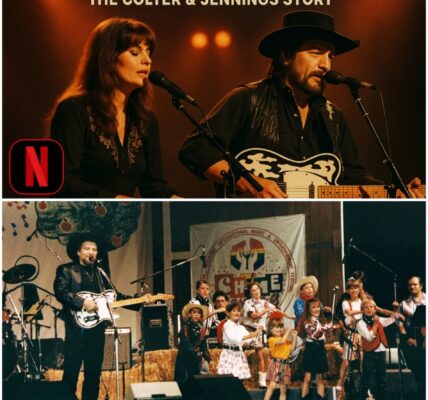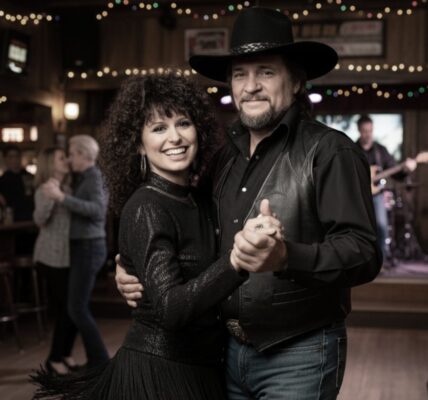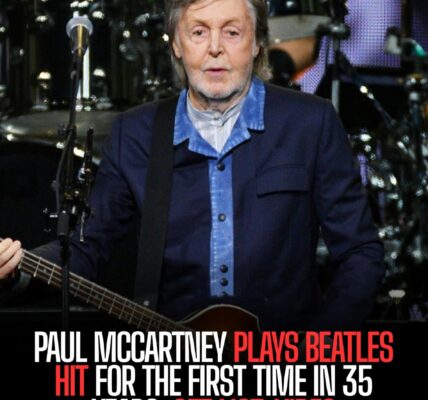Country Legend vs. Latin Icon: Who Should Own the Halftime?
The internet has erupted—not because of a touchdown or a game-winning drive, but because of a petition. Over 15,000 people (and counting) have signed a call to replace Puerto Rican rapper and global superstar Bad Bunny with Willie Nelson, the legendary country singer-songwriter, for the next Super Bowl halftime show.
At first, the petition seemed like a joke, a meme birthed from a slow news week. But the comments and shares kept multiplying. “This show should unite America, not divide it,” wrote one supporter. Others called for a halftime show that celebrates “real American culture,” not one they claim is “foreign” or “controversial.” Some are citing Bad Bunny’s political statements, past criticism of U.S. policies, and refusal to perform in certain U.S. venues as reasons he’s unfit to take center stage.

It’s no longer just about music. It’s a cultural standoff between two very different visions of America: the modern, multicultural nation embodied by a genre-defying Latin rapper, versus the traditional, roots-deep values symbolized by Willie Nelson and his outlaw country heritage.
So the question is no longer about setlists or light shows. It’s about identity.
Who deserves the stage? And what does that decision say about who we are as a nation?
The Stage of All Stages
The Super Bowl halftime show is no ordinary concert. It’s one of the most-watched musical performances in the world. Over 120 million people tuned in last year. It’s prime cultural real estate—a few explosive minutes when pop culture, marketing, and national identity collide.
Over the years, the show has evolved. In the 1990s and early 2000s, it mostly featured rock bands and pop icons. More recently, however, the NFL has pushed for broader representation. We’ve seen hip-hop take center stage with Dr. Dre, Snoop Dogg, and Eminem. Latin artists like Shakira and Jennifer Lopez have dazzled the crowd. Rihanna, Beyoncé, and The Weeknd have all brought R&B and pop flair to the big moment.
Now, the NFL has reportedly tapped Bad Bunny for 2026—a move that many fans celebrated as a win for diversity and inclusion. But others… not so much.
Bad Bunny: Global Star, Political Symbol
Benito Antonio Martínez Ocasio—better known as Bad Bunny—is one of the most streamed artists on the planet. His genre-defying style blends reggaeton, Latin trap, pop, and even punk rock. His 2022 album Un Verano Sin Ti was the most streamed album of the year globally. He’s collaborated with artists ranging from Drake to Rosalía to the WWE. His fashion sense is unapologetically gender-fluid, and he’s outspoken about social and political issues, particularly those affecting Puerto Rico and Latin America.
But that same outspokenness is what draws criticism. Some have accused him of being “anti-American,” especially after refusing to perform in the continental U.S. during parts of his world tour, citing colonial dynamics between Puerto Rico and the U.S. Others argue that his music, often explicit and rebellious, doesn’t reflect “family values.”
Despite the backlash, millions of fans see him as a revolutionary voice—a cultural force reshaping what Latinidad and global stardom look like in the 21st century. For them, Bad Bunny represents the future of America: diverse, bold, and unwilling to play by old rules.

Willie Nelson: The Voice of the Heartland
Enter Willie Nelson, the 92-year-old icon of country music. With his unmistakable voice, braided hair, and beat-up guitar named “Trigger,” Nelson is a living legend. His songs like “On the Road Again,” “Always on My Mind,” and “Blue Eyes Crying in the Rain” are etched into the American songbook. He’s a symbol of the open road, the working man, and a certain kind of Americana that many feel has been pushed to the margins in recent years.
He’s no stranger to politics either—Nelson is a longtime activist for farmers’ rights, marijuana legalization, and progressive causes. But unlike Bad Bunny, his activism is seen by many as homespun, unifying, and inherently “American.” Even those who don’t listen to country music respect him. He’s like a national grandfather—wise, weathered, and unbothered by fame.
Supporters of the petition to replace Bad Bunny with Nelson argue that the Super Bowl is a time to celebrate American tradition. For them, that means cowboy hats, acoustic guitars, and songs about life, love, and the land. “This isn’t just about music,” one commenter wrote. “It’s about who we are.”
Music, Politics, and the American Divide
This cultural tug-of-war isn’t new. In fact, the Super Bowl halftime show has often mirrored America’s tensions. From Beyoncé’s 2016 Black Panther-inspired performance to the backlash against Janet Jackson after 2004’s infamous “wardrobe malfunction,” the stage has always been more than entertainment—it’s a mirror.

So, when people ask, “Why not just let the music speak for itself?” they’re ignoring the reality: music has always spoken for more than just notes and lyrics. It speaks for movements, for regions, for values. The divide between Bad Bunny and Willie Nelson is not just generational or stylistic—it’s philosophical.
One represents a rising America—multilingual, urban, and deeply global. The other represents an enduring America—rural, rooted, and unapologetically nostalgic.
Who Should Own the Halftime?
There’s no right answer. That’s part of the tension.
For some, giving Bad Bunny the stage is an affirmation that America is not just English-speaking, not just white, not just about tradition. It’s about innovation, inclusion, and evolution.
For others, putting Willie Nelson at the center is a reminder of what they feel America used to be—and still could be: simpler, more unified, less political. It’s a longing for the familiar in a time of rapid change.
But maybe the answer isn’t either/or. Maybe the question itself is the problem.
What if the Super Bowl didn’t force us to choose between two Americas, but found a way to showcase them both? Imagine a halftime show where Bad Bunny performs his hits with blazing choreography, then hands the stage over to Willie Nelson, who closes with a soulful, acoustic version of “America the Beautiful.” Two artists, two generations, one show.
Unlikely? Sure. But if the goal is unity—real unity, not just symbolic gestures—maybe that’s the kind of bridge-building the Super Bowl should aim for.
Final Whistle
So, who owns the halftime? The rebel rapper or the outlaw cowboy?
Maybe the better question is: Who owns the American story? And are we willing to let it be big enough for both?

Because whether it’s trap beats or twanging guitars echoing through the stadium, the one truth we can’t ignore is this: the fight over halftime is really a fight over who we are becoming—and who we’re leaving behind.
